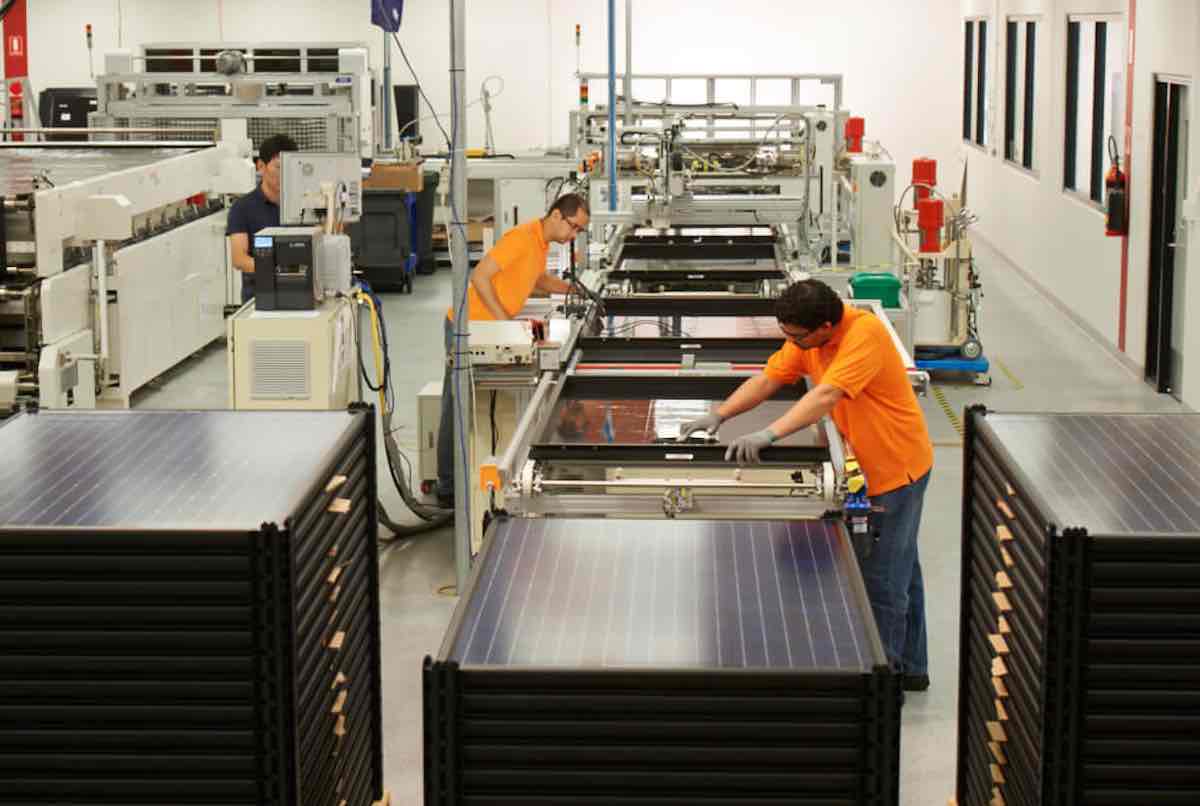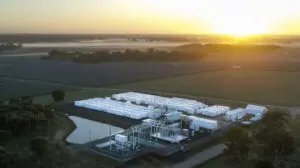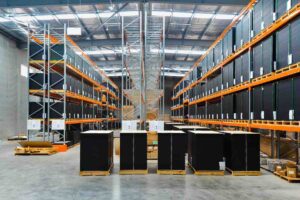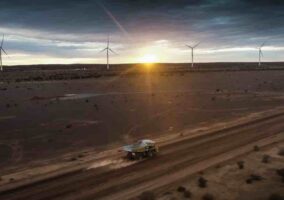The federal Labor government has provided funds for a landmark solar study that is looking at how, and if, Australia can reclaim a role as a maker of some of billions of solar panels that it will needs to install to fulfil its dreams of becoming a global renewable energy superpower.
Federal energy minister Chris Bowen on Wednesday announced that Australian Renewable Energy Agency will make a $541,000 grant to support the $1.2 million Silicon to Solar study that is looking at how Australia can set up its own solar panel manufacturing industry.
Australia is credited for its world-leading research into solar PV and the technologies that have driven the dramatic cost reductions over the past decade, and which could also drive the future efficiency gains which could drive the goal of “ultra-low-cost” solar in the coming decade
But Australia’s position as a solar manufacturer all but disappeared in 2012 and China now dominates all aspects of solar panel manufacturing, supplying 80 per cent of all components globally in 2021.
“We’ve put 60 million solar panels on roofs in Australia in the last 10 years. One per cent of them have been made in Australia,” he said in a statement.
“To achieve net zero, the world is going to need more reliable supply chains to meet surging demand for solar panels. Over 80 percent of today’s global solar PV manufacturing uses technology developed in Australian laboratories.”
Bowen says Australia relies too heavily on overseas supply chains concentrated in one location, and reiterated the long-held idea that Australia has the right pieces to make panels at home, they simply need to be fitted together.
The potential for 1300 jobs to be created per gigawatt by setting up a national solar panel making industry — a figure estimated by the International Energy Agency — is also alluring.
The Australian Photovoltaic Institute (APVI) is working with the Australian Centre for Advanced Photovoltaics on the study, which will look at what is needed to create a market at scale for locally manufactured panels, including technical, commercial, regulatory and social licence issues.
Other industry partners involved in the study include Australia solar innovators 5B and SunDrive, its only remaining commercial solar manufacturer Tindo Solar, along with AGL, Aspiradac, Energus and Siemens.
SunDrive hopes to build an Australian manufacturing facility using its technology that is based around copper rather than silver that currently accounts for half the price of solar. Co-founder Vince Allen says copper is more abundant and a fraction of the price.
ARENA CEO Darren Miller said the study will provide a path forward to more secure solar supply chains as the industry scales up dramatically.
“Low-cost solar generation will be the foundation stone of Australia’s net zero economy, so it’s vital that we have reliable supply chains,” Miller said.
“APVI will look at ways to secure our supply of the inputs into solar panels and find opportunities to reap the benefits of manufacturing at home.”
The study was kicked off last year by the APVI with a report that was optimistic about the potential to restart an industry here, given the rise of local battery, PV module and system controller manufacturing facilities, as well as pilot PV recycling facilities.
But the inference is that any new industry will need government support — in effect, governments will need to pick winners to help the sector reach scale. It will also need strategies to deal with some of the hazardous chemicals that are used in the manufacture of solar.
Australia is up against a mature manufacturing industry in China that killed off the BP Solar plant at Sydney’s Olympic Park in 2009, and three years later Silex Systems which bought the site.
At the time CEO Michael Goldsworthy blamed the “triple whammy” of cheap Chinese modules flooding the market, the high Australian dollar, and inadequate government support.
APVI project manager Dr Muriel Watt said Australia maintains good working relationships with PV manufacturers across the world, and it is keen to develop diverse and sustainable supply chains as global and Australian demand increases.
Earlier on Wednesday, ARENA released the latest white paper on the potential of low-cost solar to reduce power costs and help industries with difficult to abate emissions profiles to lower their pollution.
The 30-30-30 target seeks dramatic improvements in cell and module efficiency, and the cost of installation, with a goal to cut the costs of solar to just $20/MWh.
Miller says such a low cost of solar deliver the bulk energy to kick fossil fuels out of hard to abate industries, and to support the renewable superpower plans, which will likely involve the construction of thousands of gigawatts of solar across Australia in the coming decades. Its installed capacity now stands at 30GW.
See also: Ultra low cost solar: Why PV needs to get much cheaper to finish off fossil fuels










